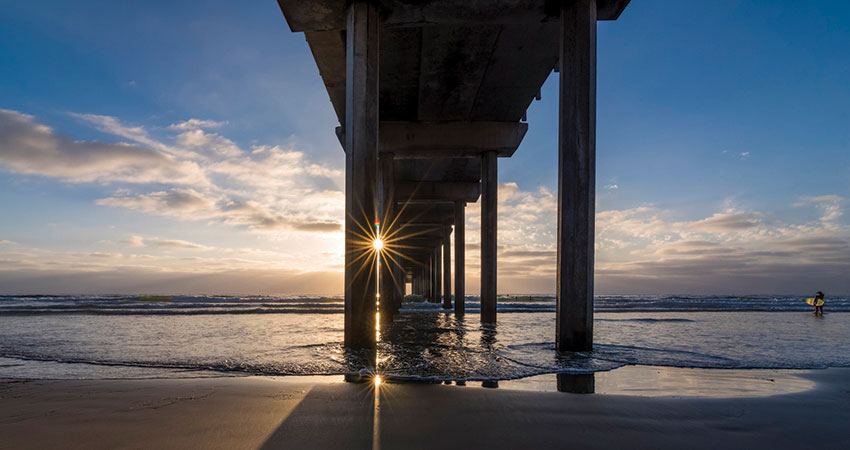LiDAR, or Light Detection and Ranging, is a remote sensing technology that uses light in the form of a pulsed laser to measure ranges (distances) to a target. A LiDAR sensor fires off beams of photons then measures how long it takes for the light to return to the sensor. Advancements in LiDAR systems over the years have enhanced the methodology for survey and an array of mapping applications. When using LiDAR as a tool in the surveying and mapping industry, it can capture real world scenes with accuracies measured in millimeters. In contrast to conventional surveying methods that provide discrete measuring points for selected targets, laser scanning devices capture the overall surface of an object with a very dense pattern of measuring points for selected targets. These data captures are known as point clouds. The denser the point cloud, the more elaborate the 3D scan of the object is. Today's list of uses for precision data collected with LiDAR scanners is quite diverse. This presentation will cover current LiDAR sensors, LiDAR platforms, and LiDAR applications
What is LiDAR?
- Principle of LiDAR
- RIEGL’s smart waveform
LiDAR systems and Platforms
- RIEGL’s flagship product line
Applications for LiDAR technology
- Air, Land, Sea
Data Fusion
- Results
For more information on REIGL, please visit www.riegl.com





